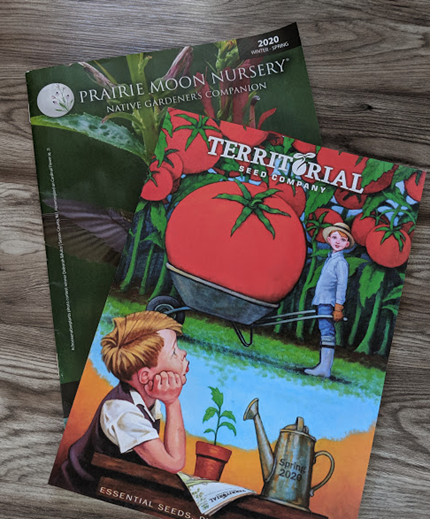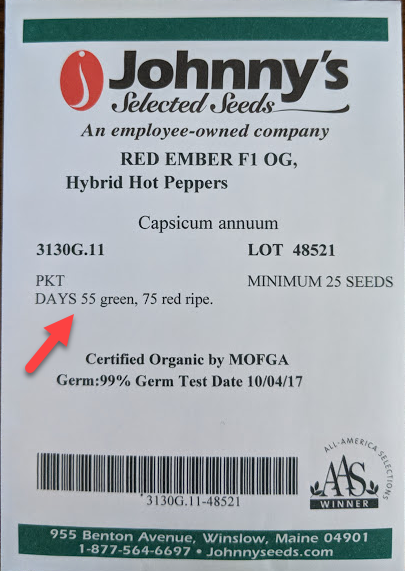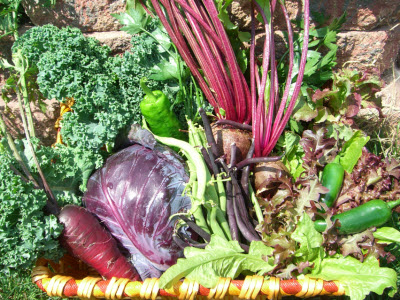Click below to listen to my 2 min. Garden Bite radio show: A googling we will go and the importance of Days to Harvest
Audio Player
Last week I was floating in a sea of plant catalogs. If you’re like me, you were too. Now that you’ve catalogued numerous hours selecting plants to purchase, might I make a suggestion?

Jump on the internet and do some googling. There’s a wealth of information out there on seeds and plants. DO check your sources, as we all know there’s a lot bunk out there too. Compare and verify.
You need to pay attention to the specifics:
- light requirements
- what type of soil your plant likes best
- disease resistant a variety might be, this one is particularly valuable for vegetable growing if you’ve had issues in the past
- zone hardiness (click on the map to the right to verify your climate zone)
Because our growing season in the north is short, we need to pay special attention to the “days to harvest” number on those veggie seeds. There’s a wealth of information on most packets.


Some packets will say ‘days to maturity’, it’s the same thing as harvest and, as above, simply ‘days’.
For zones 3 to 5 we “generally” have between 120 to 160 frost free days. The lower the zone, the colder and shorter days to harvest! Warm season vegetables need longer more days of summer.
Remember to check your local garden centers first for any variety of seeds or plants that you prefer. Keeping it local is good for the economy, good for our planet in terms of shipping in trucks and it’s generally cheaper. Getting your seeds and plant material locally is also handy in that you have a built in resource to go to if you have questions or concerns about your plants. They’re most likely grown locally and are acclimated to our climate. But there are always those seeds and plants that are not available locally, then do take advantage of those catalog offerings.
But there are always those seeds and plants that are not available locally, then do take advantage of those catalog offerings. Check out my Favorite Links tab and for further research on online companies go to Garden Watchdog.
Here’s a quick guide to the more common plant disease resistance codes:
- A – Anthracnose – fungus
- AB – Early Blight – fungus
- B – Bacterial wilt – bacteria
- F – Fusarium wilt – fungus
- V – Verticillium wilt – fungus – the above link for Fusarium wilt also covers verticillium wilt
- PM – Powdery mildew – fungus
Johnny Seeds has a much larger list. Click HERE

While much of what I focused on today is vegetables, it’s also a very good idea to research perennials, shrubs, trees and roses for your region as well. I know that I’ve found some plants are listed with different climate zone tolerance depending on the site you go too. In that case, adding a little extra mulch for the winter or planting them on a berm (generally slightly warmer) or out of the wind will make the difference.
